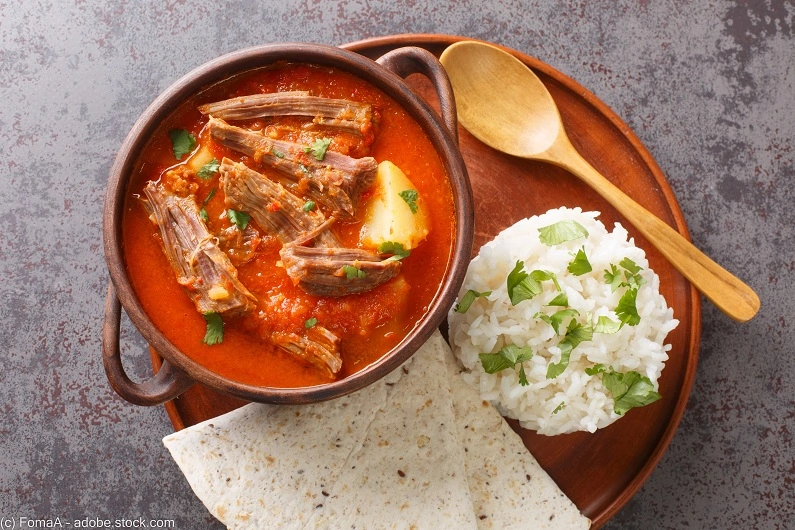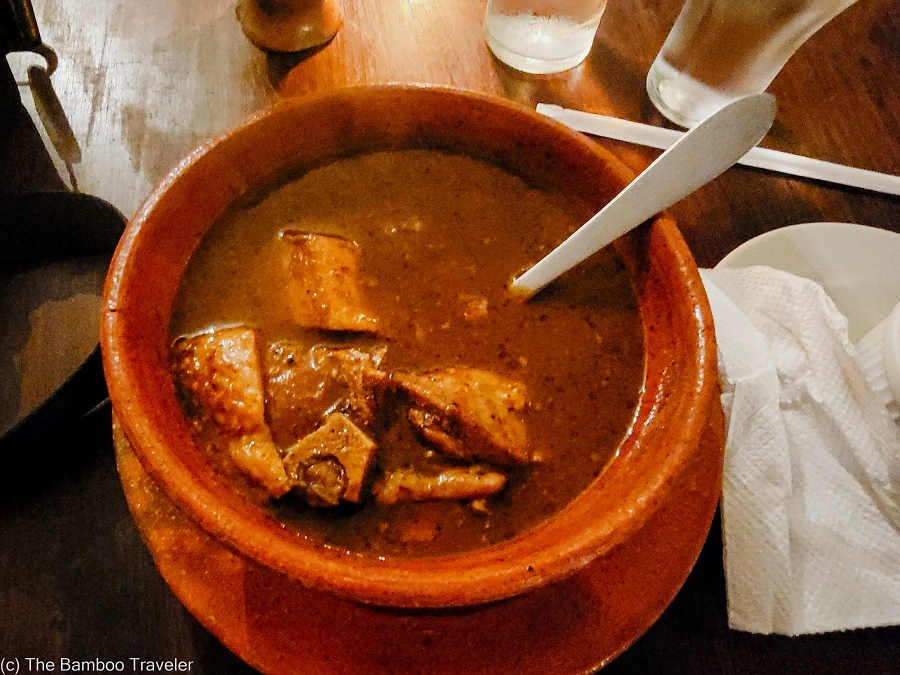Pizza cooked on a volcano - Guatemala
- rosemary
- Sep 15
- 5 min read
“Through the narrow streets of Antigua, the ghosts of Guatemala’s colonial past still wander” Francisco Goldman

My family has a somewhat romantic relationship with Guatemala, which relates to this volcano whose name is Pacaya. That is the volcano's rim in the background and the guy is cooking pizza on the very hot rocks surrounding it.
Back in 2007 my older son and his partner were holidaying in Mexico and Guatemala - well I think Mexico too - and whilst in Guatemala they did the tourist hike up the sides of Pacaya - a volcano that is still active.
I think the story goes, that whilst hiking they realised that Nic was pregnant, and so when their first son and my oldest grandson was born just after Christmas that year, they gave him a third Christian name of Pacaya. I may not have this completely right, but there is indeed a connection - the name is still there to record it.
“Guatemala, land of the quetzal bird, where ancient spirits whisper and volcanoes breathe” Rigoberta Menchú

And I began with the above picture because this is after all a food blog. It's also completely relevant when you consider the effect of globalisation on food - pizza is not a traditional Guatemalan food, and neither are the Italians the colonists who invaded the country back in the sixteenth century. Moreover it demonstrates the resilience and imagination of humankind as they fight to survive in a sometimes hostile environment.
For Guatemala is not a good place to be it seems if you are part of the 65% indigenous population - well actually the percentages vary between 40% and 65% - a lot anyway, depending on who is offering the statistic - with the rest being a mixture of intermarriages between the colonisers and the natives and other immigrants as well. It is the largest economy in Central America and yet one of the poorest in Latin America with more than half of the population living in poverty.

People have been living in Guatemala since maybe 18,000 BC and by 3,500BC they were growing corn. Guatemala was the centre of the Mayan civilisation from around that time until its collapse - probably due to drought around 900AD. Between then and the arrival of the Spaniards under Pedro de Alvarado in 1519 there were regional kingdoms, with their own languages and traditions. And many of those languages persist, with education these days, being bilingual. The Spaniards ruled until 1821 when most of the central American countries were grouped together as one independent community, although Guatemala became part of the Mexican empire for a while, before joining the other countries and eventually becoming a country of its own in 1841. It is still arguing with Belize over whether Belize is really part of Guatemala. Since 1841 there have been many dictators, then briefly free through a revolution, from 1944 to 1954, when an American backed coup brought back yet more dictators. From 1960 - 1996 there were a series of bloody civil wars and massacres until the UN brokered a peace accord and democracy was restored, But there has still been a history of injustice and corruption although the current government seems slightly more socially inclined. Major exports? - coffee, fruit - particularly bananas, sugar, palm oil, flowers and vegetables, as well as textiles with tourism increasing as cruise ships begin to arrive and hikers eat pizza on volcanoes.
“In Guatemala, every grain of sand has a thousand stories to tell, etched by time’s patient hand” Eduardo Galeano

And what about the geography, well three major regions - the vast Northern lowlands, the central highlands where all of the major cities are and the Pacific coast where most of its trade happens, but within those regions thare are 14 ecosystems and climactic regions as disparate as tropical jungle, desert, tundra and monsoon. Plus 37 volcanoes of which four, including Pacaya are active. Not to mention the major fault lines that run through the country causing disastrous earthquakes that have killed thousands of people and caused the National capital to move after the 1773 earthquake from Antigua Guatemala, to Guatemala City. Antigua Guatemala is now a major tourist destination and a UNESCO Heritage Site. And did I mention the hurricanes that regularly sweep in from the Caribbean?
“Guatemala is not a country of the faint-hearted, it is a country with the dazzling light of a crystal sky” Miguel Ángel Asturias

So what do they eat? Well in spite of its proximity to Mexico and its historical associations, it's not just Mexican food by another name. Of course there are things in common, but they also do things differently - less chilli, smaller and thicker tortillas ... with the main ingredients being black beans, corn and chillis. It is however, fusion food - as all around the world of course - the Spanish having brought beef, wheat, pork, chicken, rice, onions, garlic and various spices to add to the indigenous corn, beans, potatoes, tomatoes and sqash. I've perused a few sites and here is a shortish list:

Pepián - most of those sites nominated this chicken stew as the national dish, although originally this would have been made with turkey which is native to the country. The chicken almost always seems to be kept in large pieces as shown here. It's a rich stew with vegetables such as squash, potatoes and chayote and is often served with rice and tortillas.

Chiles rellenos - stuffed peppers. The peppers are roasted and peeled, stuffed with a meat and vegetable filling which differs from the Mexican version which is cheesy and may also include nuts and dried fruit. The peppers used may differ as well. However, they do both then coat the peppers in a batter and fry them. In Guatemala they either drizzle them with tomato sauce or, as here, serve them on a bed of tomato sauce.
Three more stews
The first of these is Hilachas which is a stew of shredded beef and potatoes in a lightly spiced tomato sauce. Then we have Jocon
- another chicken stew but this time a green one, made with tomatillos and coriander and again served with rice. The third is ka'kik - rival as the national dish - an ancient Mayan stew or soup traditionally made with turkey, tomatoes, tomatillos, garlic, some chilli but not too much, onions and herbs - mostly mint.

Tamales - which may be thought of as street food, although the smaller chuchitos are probably the real street food version and the tamales are more likely made at home perhaps, because they are much larger - one is a meal for one person. The difference from the Mexican ones? Chuchitos in corn husks, as in Mexico; tamales in banana leaves which give a quite different flavour to the filling within - a parcel of thin masa dough, filled with:
"typically pork or chicken with additional touches of capers, olives, raisins, bacon, and bell pepper."
Shucos, Mixtas and Enchiladas - more street food
Street food is of course huge and these three seem to be the favourites. Shucos and Mixtas are similar in that we have a sausage with various toppings such as coleslaw, guacamole, tomatoes and chillis. The difference is that the shucos are served in a bun and the mixtas in a tortilla. Enchiladas - but open with beetroot included as one of the main vegetables topping the minced beef, and sitting on a fried or toasted tortilla.

For dessert there are Rellenitos - sweet mashed plantains filled with a mixture of refried beans, chocolate and cinnamon, which are then deep-fried and served with sugar and honey on top. A different kind of doughnut really.
There are, of course, many other dishes, and drinks and I have to say that many of these look worth a try.
Next time the smaller El Salvador.
YEARS GONE BY
September 15
2024 - Empty
2023 - Salted caramel
2022 - Sugar cane
2021 - Trying to please everyone
2020 - Missing
2016 - Al fresco dining











In ignorance I think of Mexican food as being hot, but then I also thought Pacaya was a mountain not a volcano. Volcano has a much stronger ring to it for a boy's name!